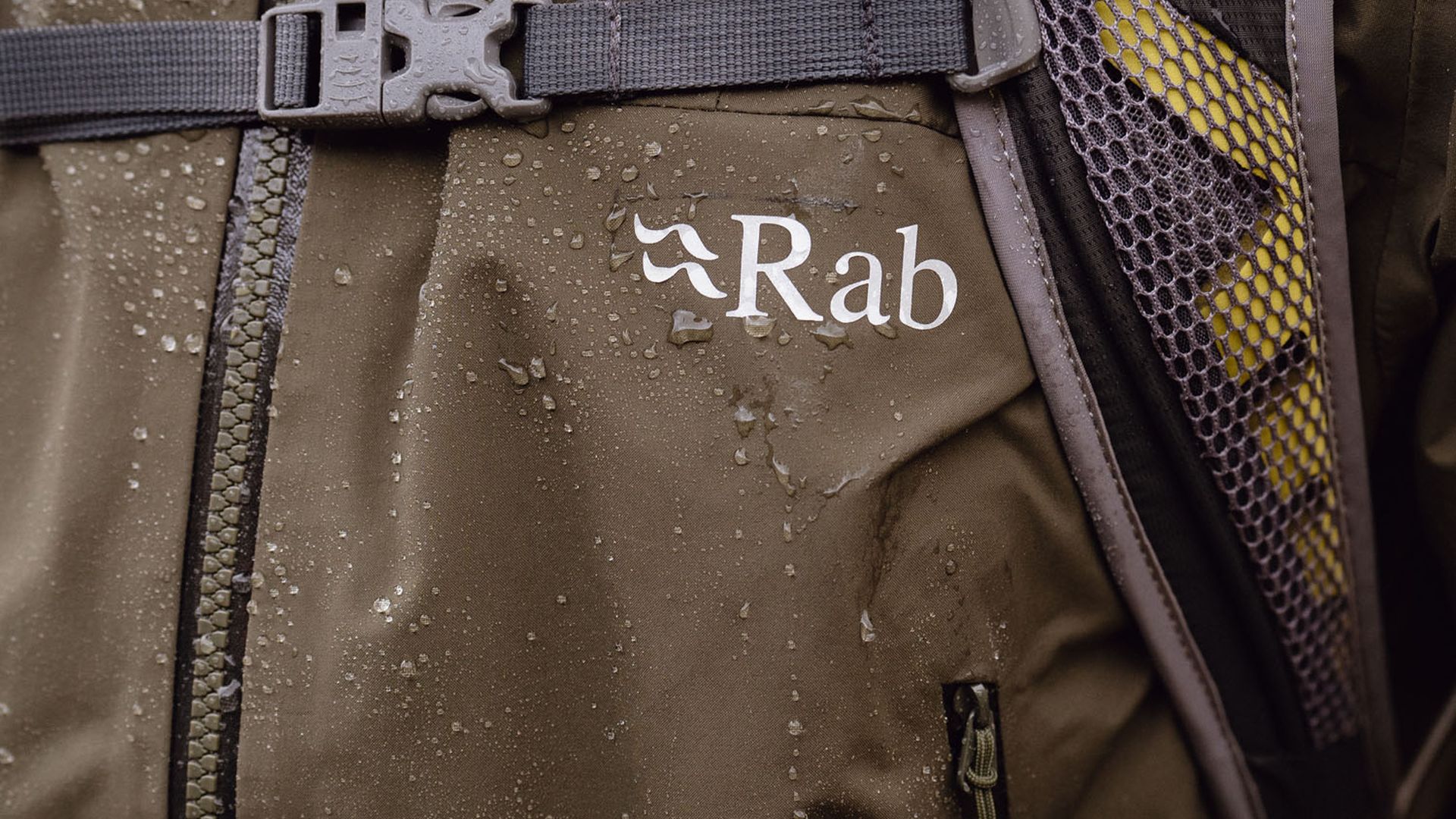How Do Waterproofs Work? | Waterproofs Explained
How do waterproofs work?
Waterproofs. From then, to now.
In the past, we made fabrics water repellent by coating them with oils and waxes. But these were often heavy on the fabric and needed to be constantly reapplied. Modern waterproof fabrics use a thin waterproof membrane. These can be engineered to allow some moisture, such as sweat, to pass through them, resulting in a more comfortable garment. A durable water repellent treatment (DWR) is then often applied to the outer face fabric to help maintain breathability and to ensure the membrane works as efficiently as possible. But we’ll get to that later.
How to create a waterproof barrier.
There are two ways to turn a regular fabric into a waterproof one.
Waterproof coatings:
The first ever breathable, waterproof barrier was created by adding a coating onto a piece of fabric and, in general, this is still the simplest way to create a waterproof fabric. A liquid coating is applied in a similar way that you would apply paint with a roller to form a flexible, durable coating.
Waterproof laminates:
Laminates are fine membranes that are made separately as a sheet of material which is then glued or bonded (laminated) to the face fabric. It’s important to pair the membrane with the right fabric and bonding process for the fabric’s intended use.
Both these waterproof barriers are incredibly thin. At Rab we use membranes that range between 7 and 30 microns in thickness – for reference, a strand of human hair is around 100 microns. Finer membranes will allow for greater breathability for fast and light pursuits. Thicker membranes provide a greater level of waterproof durability.
How to build a waterproof.
Waterproof fabrics, whether coated or laminated, are usually constructed in one of three ways. Each method results in different characteristics and possible uses.
2-layer
What is it?
This is the simplest construction, with a laminated or coated membrane being applied to a single layer of fabric.
Why is it useful?
2-layer waterproof fabrics are generally the lightest, ideal for situations where low weight and small pack size are crucial.
Where do we use it?
We use this method on our shelters and tents, where there is no direct abrasion on the membrane.
2.5-layer
What is it?
A 2.5-layer construction is similar to a 2-layer construction with the addition of a light coating or print, which is applied to the surface of the membrane.
Why is it useful?
This additional coating increases durability and protection without affecting the breathability. It also adds softness and offers great value for money as a waterproof fabric.
Where do we use it?
We use this method in situations where weight, packability, and breathability have priority over durability.
3-layer
What is it?
In a 3-layer construction, the membrane is sandwiched between an outer fabric and an extremely light woven or knitted inner fabric.
Why is it useful?
The third layer offers more comfort, durability, and protection, but these are the most complex waterproof fabrics to manufacture.
Where do we use it?
3-layer construction is commonly found in our most durable shell garments. This fabric allows us to create hardwearing gear that is still lightweight and relatively packable.
What is DWR?
Find out what the main function of a durable water repellent (DWR) treatment is – HINT: It’s not there to keep you dry!

What is DWR?
Find out what the main function of a durable water repellent (DWR) treatment is.